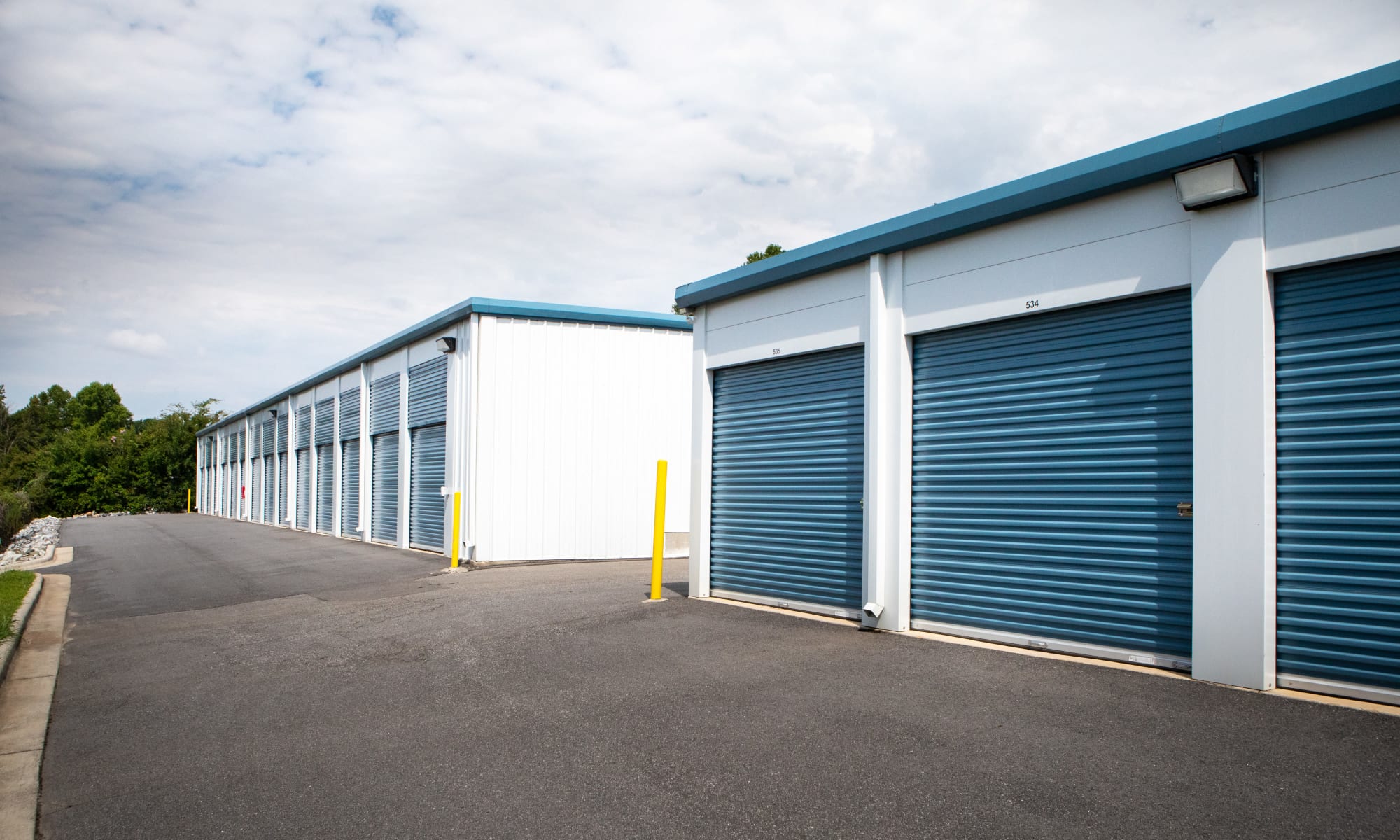Lately, the real estate market has experienced a considerable shift, with more investors seeking beyond standard residential and commercial properties. One investment avenue that is growing in traction is storage units. These inconspicuous facilities that are frequently neglected present a distinct opportunity for those hoping to diversify their portfolios and tap into a increasing demand for space. As urban living conditions become more compact and people more and more seek easy solutions for their belongings, storage units are showing to be a reasonable and profitable option.

Investing in storage units offers several pros, including decreased maintenance costs, low tenant turnover, and a steady stream of passive income. Unlike standard rental properties, storage facilities generally require fewer hands-on management, making them an appealing choice for both seasoned investors and those new to the real estate game. With the increasing trend of decluttering and the downsizing movement, the demand for storage solutions is skyrocketing, making this sector of real estate one that astute investors cannot afford to ignore.
Comprehending Storage Units as an Asset
Storage units have emerged as a compelling financial opportunity in the property market. They offer a singular mix of low overhead costs, steady demand, and fairly secure returns. As people simplify their living spaces or accumulate more possessions, the need for storage solutions continues to grow. This pattern generates a strong market where players can take advantage on offering safe and convenient self-storage solutions.
One of the key advantages of putting money in storage units is their ease of operation. Unlike traditional rental properties that demand constant oversight of renters and maintenance, storage facilities typically involve less involved participation. Stakeholders can easily establish efficient management systems, often depending on digital solutions for bookings, transactions, and client interaction. This convenience of management contributes to a more hands-off income source, making it an attractive option for both beginner and seasoned investors.
Moreover, the threshold to entry in the storage unit market can be less relative to other real estate investments. With a range of dimensions and configurations, investors can opt to initiate at a low scale and grow their presence as they gain experience. As well, financing options for acquiring or building storage units are often more accessible. With a constant demand for self-storage across various consumer groups, investing in storage units can provide a trustworthy source of income and sustainable financial growth.
Market Trends and Growth Potential
The self-storage industry has experienced significant growth in the last decade, fueled by shifting consumer behaviors and shifting lifestyles. Urbanization has led to an increase in population density, resulting in compact living spaces that often do not have sufficient storage. As people seek additional space for their belongings, the demand for storage units continues to increase. Additionally, the growth of e-commerce has prompted businesses to search for storage solutions for their inventory, further driving the market.
Stakeholders are increasingly recognizing the value in storage units as a secure and lucrative real estate investment. The sector has reliably shown resilience, even during recessions, as individuals and businesses still require storage services in spite of the financial climate. Moreover, storage units typically offer reduced operating costs compared to other property types, allowing for increased profit margins. This security and lucrativeness make them an desirable option for both seasoned investors and newcomers in the investment landscape.
Looking ahead, industry forecasts indicate that the storage unit market will continue to expand, presenting multiple opportunities for investment. With the growing trend of minimalism possessions and the rise of digital nomadism, the need for accessible storage solutions is more prominent than ever. storage units airway heights who enter the market now may take advantage of this growth, positioning themselves favorably for sustained returns as demand for storage units continues in the changing economic environment.
Benefits and Challenges of Putting Money in Storage Units
Investing in storage units presents multiple enticing advantages. One of the primary advantages is the comparatively minimal entry cost in comparison with traditional property investments. This affordability makes it attainable for numerous investors looking to broaden their investment portfolios without allocating significant amounts of money. Additionally, the demand for self-storage options has been steadily growing due to factors such as city growth, reducing living space, and the growing number of tenants who require additional space for their items. This trend can lead to a steady stream of ongoing income, as storage facilities often enjoy full capacity.
Nevertheless, potential investors should also be aware of the risks involved in this type of asset. A major concern is the high level of competition, especially in cities where multiple self-storage providers may be competing for the same customer base. Heightened competition can drive down rental prices and affect profitability. Furthermore, storage units require ongoing management and upkeep, which can lead to unexpected expenses. Investors must also take into account economic downturns, as a recession may result in lower need for self-storage options as consumers reduce spending.
Ultimately, successful investment in self-storage facilities requires careful analysis and planning. By understanding the community landscape, maintaining a superiority, and being prepared for operational difficulties, investors can mitigate threats while reaping the benefits of this unique asset class. Balancing the potential for passive income with the realities of market conditions is crucial for making wise choices in the storage unit investment landscape.
